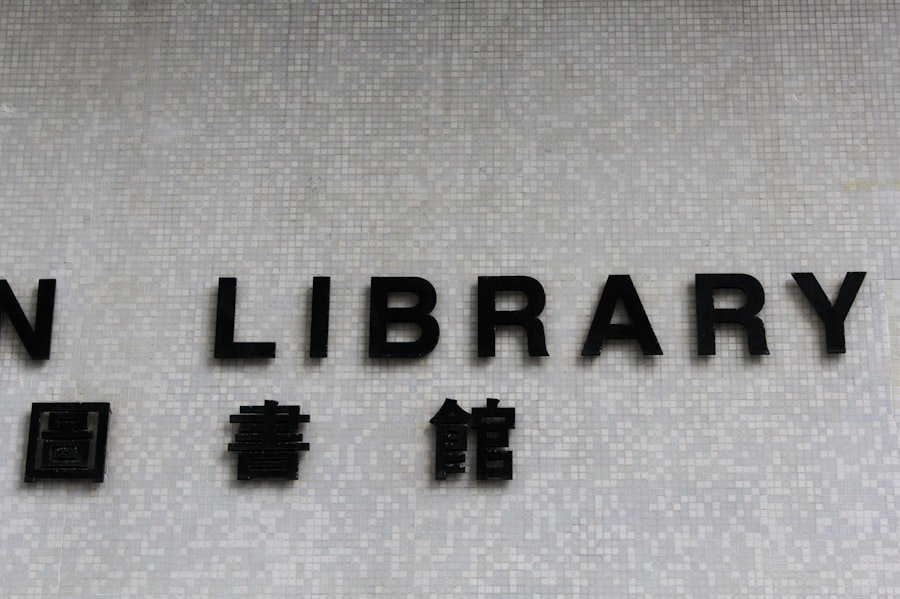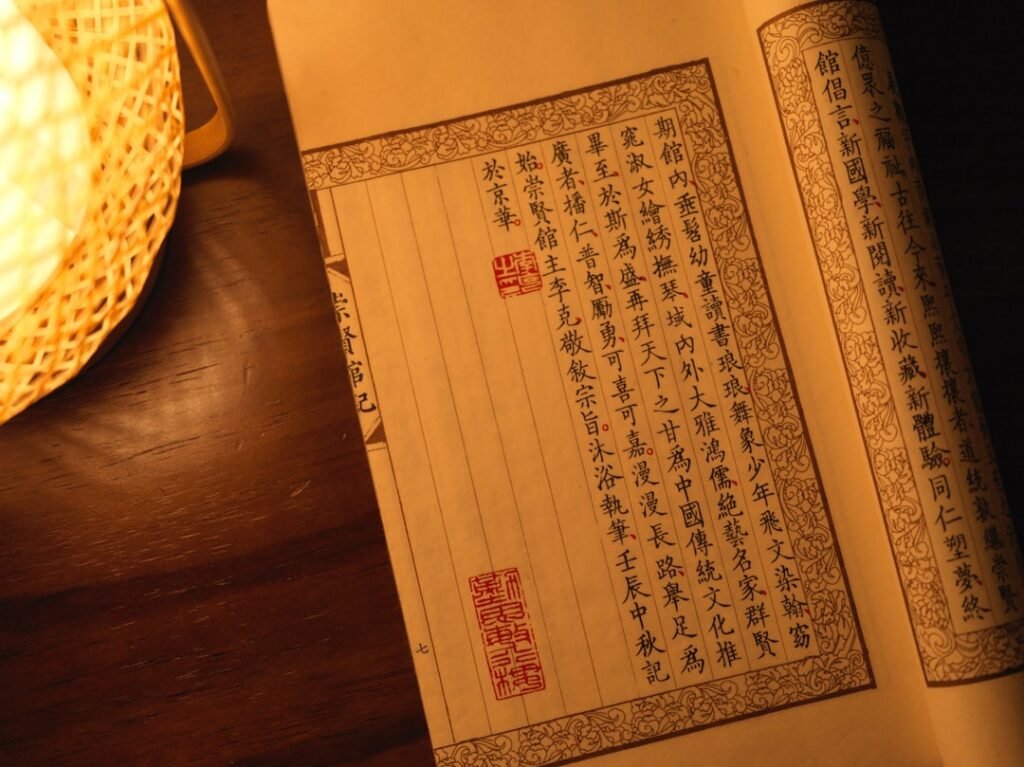Chinese calligraphy, an ancient art form that has been practised for thousands of years, is much more than mere writing; it is a profound expression of culture, philosophy, and personal identity. The beauty of Chinese characters lies not only in their aesthetic appeal but also in the depth of meaning they convey. Each stroke tells a story, and the way these strokes are executed can evoke a range of emotions.
As one delves into the world of Chinese calligraphy, they embark on a journey that intertwines artistry with discipline, allowing for a unique exploration of both the self and the rich heritage of Chinese culture. At its core, Chinese calligraphy is about mastering the brush, understanding the nuances of ink and paper, and developing a personal style that reflects one’s character. It is an art form that requires dedication and practice, yet it offers immense rewards in terms of personal satisfaction and cultural appreciation.
For those interested in learning this exquisite craft, the LC Chinese School in Oslo offers comprehensive courses that cater to all skill levels. These classes not only teach the technical aspects of calligraphy but also immerse students in the cultural significance behind each character, making the learning experience both enriching and enjoyable. Master the art of Chinese calligraphy. Enroll now at the LC Chinese School in Oslo.
Table of Contents
ToggleSummary
- Chinese calligraphy is a traditional art form that involves writing Chinese characters with a brush and ink.
- Brush control is crucial in Chinese calligraphy as it determines the quality and style of the characters.
- Patience is essential for developing calligraphy skills as it takes time and practice to master the art form.
- Stroke order and direction play a significant role in Chinese calligraphy, influencing the overall appearance of the characters.
- Mindfulness can greatly impact calligraphy practice, helping to improve focus and precision in each stroke.
Understanding the Importance of Brush Control
Brush control is fundamental to achieving mastery in Chinese calligraphy. The brush is not merely a tool; it is an extension of the artist’s hand and spirit. Each stroke must be deliberate and controlled, reflecting the artist’s intention and emotion.
Beginners often find themselves struggling with the pressure applied to the brush, the angle at which it is held, and the speed of movement. However, with practice, one can develop a sense of fluidity and precision that transforms their writing into art. In calligraphy, every stroke has its own rhythm and flow.
Understanding how to manipulate the brush to create varying thicknesses and textures is essential for producing beautiful characters. This level of control comes from consistent practice and a deep understanding of the brush’s capabilities. At LC Chinese School in Oslo, students are guided through exercises that focus specifically on brush control, allowing them to build a solid foundation before moving on to more complex characters and styles.
The Role of Patience in Developing Your Calligraphy Skills

Patience is a virtue that resonates deeply within the practice of Chinese calligraphy. It is an art form that cannot be rushed; each character requires time and attention to detail. As students embark on their calligraphy journey, they may find themselves frustrated by their initial attempts.
However, it is crucial to remember that mastery comes with time and perseverance. The process of learning to write beautifully is as important as the end result. In cultivating patience, students learn to appreciate the subtleties of each stroke and character.
They begin to understand that every mistake is an opportunity for growth rather than a setback. This mindset fosters resilience and encourages a deeper connection with the art form. The instructors at LC Chinese School emphasise this aspect of learning, guiding students to embrace their progress at their own pace while celebrating small victories along the way.
The Significance of Stroke Order and Direction
In Chinese calligraphy, stroke order and direction are paramount to creating characters that are not only aesthetically pleasing but also legible. Each character is composed of strokes that must be executed in a specific sequence to maintain balance and harmony. Beginners often overlook this crucial aspect, leading to frustration when their characters do not resemble those they admire.
Understanding stroke order is akin to learning the grammar of a language; it provides structure and coherence to one’s writing. At LC Chinese School in Oslo, students are taught the importance of stroke order from the very beginning. Instructors provide clear demonstrations and explanations, ensuring that students grasp this foundational concept before progressing to more intricate characters.
This focus on stroke order not only enhances technical skills but also instils a sense of discipline that is invaluable in all areas of life.
The Impact of Mindfulness on Calligraphy Practice
Mindfulness plays a significant role in the practice of Chinese calligraphy. The act of writing becomes a meditative experience, allowing practitioners to focus their minds and connect with their inner selves. As one immerses themselves in the rhythm of brush strokes and the flow of ink on paper, distractions fade away, creating a space for reflection and creativity.
Practising mindfulness in calligraphy encourages individuals to be present in the moment, fostering a deeper appreciation for the art form. This heightened awareness can lead to improved concentration and a greater sense of fulfilment during practice sessions. At LC Chinese School, instructors often incorporate mindfulness techniques into their lessons, encouraging students to approach their calligraphy practice with intention and focus.
This holistic approach not only enhances artistic skills but also promotes overall well-being.
Overcoming Fear of Making Mistakes

Fear of making mistakes can be a significant barrier for many aspiring calligraphers. The desire for perfection often leads to anxiety, which can stifle creativity and hinder progress. However, embracing mistakes as part of the learning process is essential for growth in any artistic endeavour.
In calligraphy, each error presents an opportunity to learn and refine one’s skills. At LC Chinese School in Oslo, students are encouraged to adopt a growth mindset that values experimentation over perfectionism. Instructors create a supportive environment where mistakes are viewed as stepping stones rather than failures.
This approach empowers students to take risks with their brushwork, leading to unexpected discoveries and personal breakthroughs in their calligraphy journey.
Embracing the Learning Process
The journey of learning Chinese calligraphy is one filled with challenges and triumphs. Embracing this process means recognising that improvement takes time and effort. Each practice session contributes to one’s development as an artist, regardless of how small the progress may seem at first glance.
By focusing on the journey rather than solely on the destination, students can cultivate a sense of joy in their practice. At LC Chinese School, instructors emphasise the importance of enjoying the learning process. They provide constructive feedback that encourages students to reflect on their progress while setting realistic expectations for themselves.
This supportive atmosphere fosters a love for calligraphy that transcends mere technical skill, allowing students to connect with the art form on a deeper level.
Seeking Guidance from Experienced Calligraphers
Learning from experienced calligraphers can significantly enhance one’s skills and understanding of this intricate art form. Mentorship provides invaluable insights into techniques, styles, and philosophies that may not be readily available through self-study or online resources. Experienced instructors can offer personalised feedback that helps students identify areas for improvement while celebrating their strengths.
At LC Chinese School in Oslo, students benefit from the expertise of seasoned calligraphers who are passionate about sharing their knowledge. These instructors not only teach technical skills but also impart wisdom about the cultural significance of calligraphy within Chinese society. This holistic approach enriches the learning experience, allowing students to appreciate the art form’s historical context while developing their unique styles.
Utilizing Practice Sheets and Calligraphy Exercises
Practice sheets and structured exercises are essential tools for anyone looking to improve their calligraphy skills. These resources provide a framework for practising specific strokes, characters, or styles systematically. By following guided exercises, students can focus on particular aspects of their technique while tracking their progress over time.
At LC Chinese School in Oslo, students have access to a variety of practice sheets tailored to different skill levels and styles. Instructors design exercises that challenge students while ensuring they build confidence in their abilities. This structured approach allows learners to develop a strong foundation before exploring more complex characters or styles independently.
Exploring Different Calligraphy Styles and Techniques
Chinese calligraphy encompasses a rich tapestry of styles and techniques, each with its unique characteristics and historical significance. From the fluidity of running script (行书) to the boldness of seal script (篆书), each style offers distinct challenges and opportunities for expression. Exploring these various styles allows students to discover their preferences while broadening their artistic horizons.
At LC Chinese School in Oslo, students are encouraged to experiment with different calligraphy styles throughout their learning journey. Instructors provide guidance on how to approach each style’s unique demands while encouraging individual creativity. This exploration fosters a deeper appreciation for the diversity within Chinese calligraphy and inspires students to develop their unique voice within this ancient art form.
Setting Realistic Goals for Calligraphy Improvement
Setting realistic goals is crucial for maintaining motivation and tracking progress in any artistic pursuit, including Chinese calligraphy. Aspiring calligraphers should establish achievable milestones that reflect their current skill level while challenging them to grow. These goals can range from mastering specific characters or strokes to completing an entire piece of artwork.
At LC Chinese School in Oslo, instructors work closely with students to help them set personalised goals based on their individual aspirations and abilities. This collaborative approach ensures that students remain engaged in their practice while fostering a sense of accomplishment as they achieve each milestone along their journey. By celebrating these achievements—no matter how small—students cultivate a positive mindset that encourages continued growth in their calligraphy skills.
In conclusion, Chinese calligraphy is an enriching art form that offers countless opportunities for personal expression and cultural exploration. Through courses at LC Chinese School in Oslo, aspiring calligraphers can immerse themselves in this beautiful tradition while developing essential skills such as brush control, patience, mindfulness, and creativity. By embracing the learning process and seeking guidance from experienced instructors, students can unlock their potential as artists while forging meaningful connections with both themselves and the rich heritage of Chinese culture.
Master the art of Chinese calligraphy. Enroll now at the LC Chinese School in Oslo.







